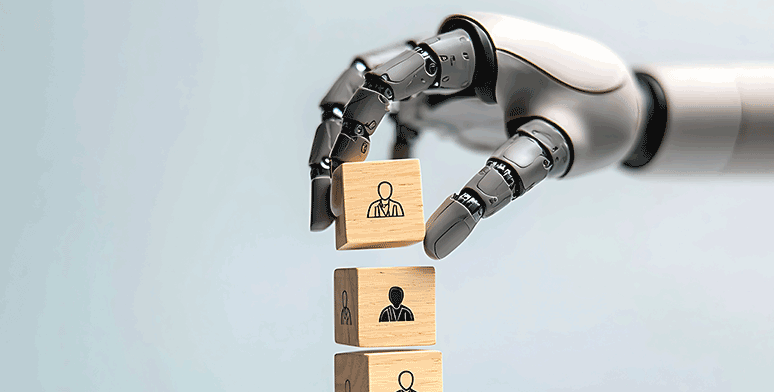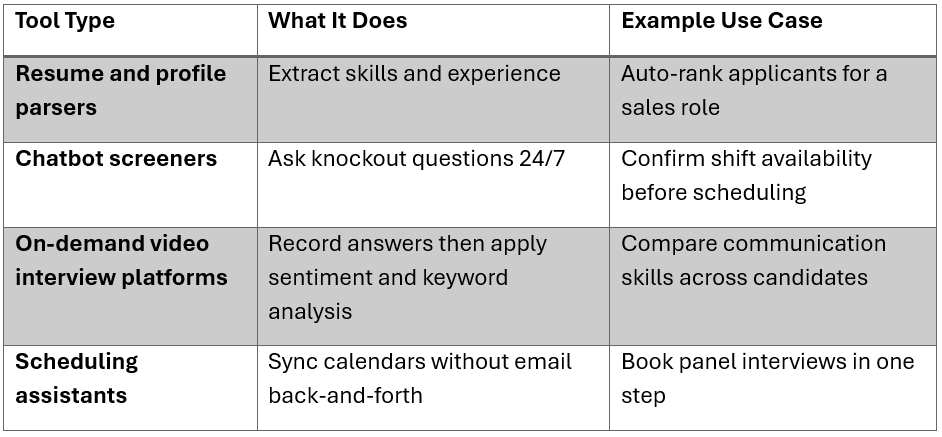How to Use AI for Interviews: A Step-by-Step Approach
Successfully implementing AI in the interview process begins with clearly defined success metrics. Organizations should identify what outcomes matter most—such as time-to-fill, quality-of-hire and candidate satisfaction—and use those benchmarks to guide the integration. It is essential to select vendors that comply with EEOC standards and local data privacy regulations to ensure lawful and ethical usage of AI tools. Integration with an applicant tracking system (ATS) allows data to move seamlessly from sourcing through onboarding, creating a unified and efficient recruitment workflow.
Training and testing AI models on representative historical data helps validate their performance while minimizing the risk of bias. Organizations should closely examine these models for disparate impact and adjust as needed. Importantly, AI-generated scores and insights should always complement—not replace—human judgment during final hiring decisions. Once implemented, the system should be reviewed quarterly, with recalibrations made to reflect evolving job roles and organizational goals. By following this approach, companies can gain the benefits of automation and intelligence while maintaining a human-centered hiring culture.
Addressing Bias and Ethical Concerns
While AI recruitment tools offer numerous efficiencies, they also come with ethical responsibilities. If not properly managed, AI can perpetuate or even amplify historical biases embedded in hiring data. To mitigate this risk, companies should regularly audit their datasets to identify and correct skews related to gender, ethnicity or other protected categories. Implementing transparent scoring rubrics—where candidates can understand how decisions are made—builds trust in the process. Ultimately, ensuring that final hiring decisions remain in the hands of humans reinforces accountability and fairness. Ongoing audits and model evaluations are key to keeping the AI-powered interview process in alignment with equity and inclusion goals.
Measuring Success
Once AI tools are deployed in hiring, organizations should use clear metrics to evaluate their impact. Key indicators include the interview-to-offer ratio, new-hire performance after 90 days and the Candidate Net Promoter Score (cNPS). Tracking these metrics provides insight into whether artificial intelligence in hiring is delivering on its promise of increased speed, improved candidate quality and a more consistent interview experience. This data-driven approach also helps HR teams identify areas for continuous improvement.
Next Steps
Organizations looking to take the next step in leveraging AI in job interviews should invest in ongoing learning and skills development. A strong starting point is the course Conduct Effective Interviews and Hire the Right People which focuses on sharpening question techniques and structuring productive interviews. For more targeted skills, Behavioral Based Interviewing provides insights on aligning questions with job competencies. Teams seeking broader support should explore Human Resources Training to build foundational knowledge across compliance, talent development and performance management.
AI will not replace recruiters, but recruiters who effectively use AI will gain a lasting advantage. Starting with manageable pilots, measuring outcomes and scaling what works will help build a hiring process that is not only faster and smarter but also more inclusive and human.













